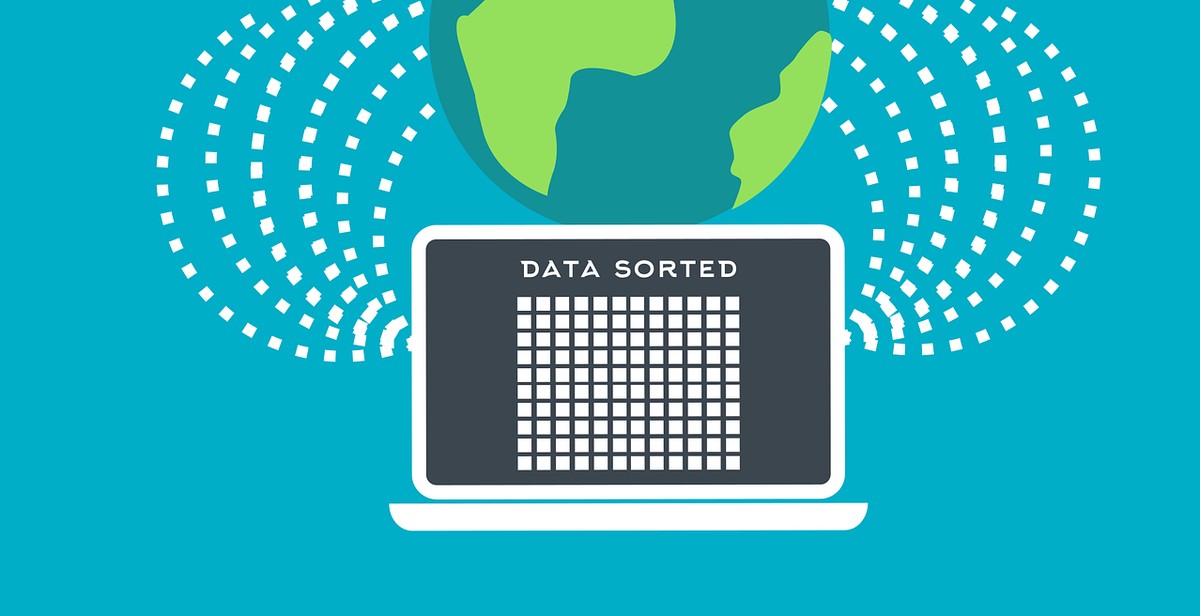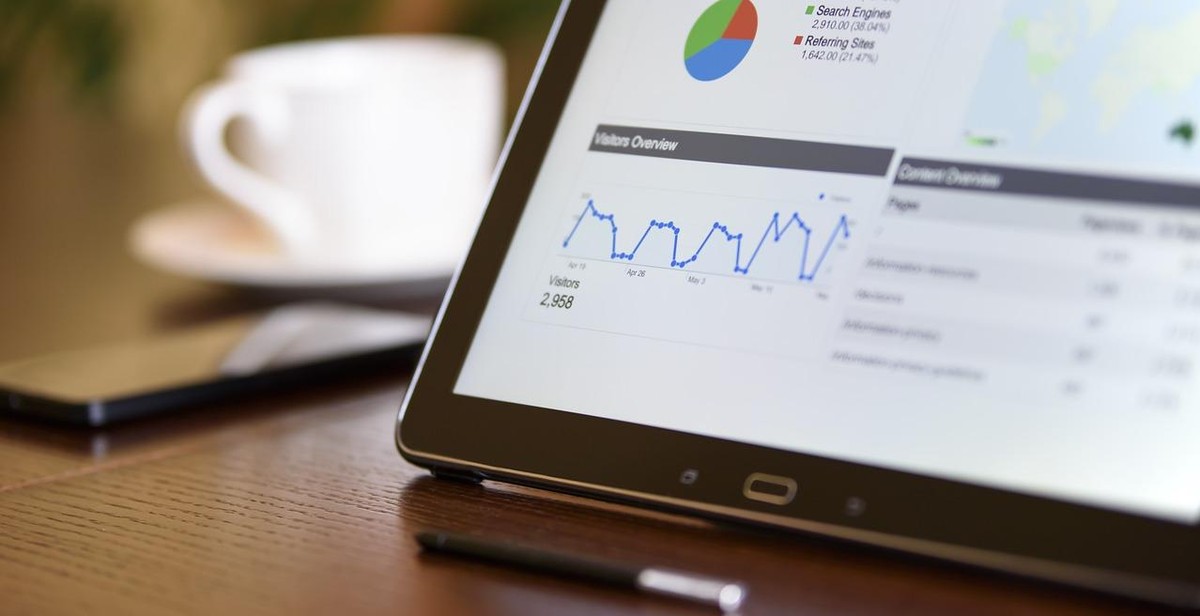How to Conduct Economic Impact Assessments: Analyzing the Effects of Policy Changes
An economic impact assessment is a tool used to evaluate the potential effects of a policy or project on the economy. It is a systematic analysis that measures changes in economic activity resulting from a specific policy intervention. Economic impact assessments are used by governments, businesses, and non-profit organizations to determine the potential economic benefits or costs of a proposed policy or project.
What is an economic impact assessment?
An economic impact assessment is a type of analysis that evaluates the potential economic effects of a policy change or project. It measures changes in economic activity resulting from a specific policy intervention. The analysis typically includes both direct and indirect effects, as well as short-term and long-term effects.
Why are economic impact assessments important?
Economic impact assessments are important because they provide decision-makers with a clear understanding of the potential economic effects of a policy change or project. By evaluating the potential costs and benefits, decision-makers can make informed decisions that maximize the potential economic benefits while minimizing the potential costs. Economic impact assessments are also important for stakeholders, as they provide a transparent and objective analysis of the potential effects of a policy or project.
Overall, economic impact assessments are an essential tool for evaluating the potential economic effects of a policy change or project. They provide decision-makers and stakeholders with a clear understanding of the potential costs and benefits, allowing for informed decision-making that can maximize economic benefits while minimizing potential costs.

Steps to Conducting an Economic Impact Assessment
Conducting an economic impact assessment involves several steps that help in analyzing the effects of policy changes. The following are the steps to take when conducting an economic impact assessment:
1. Define the Policy Change
The first step in conducting an economic impact assessment is to define the policy change that needs to be analyzed. This may include changes in tax policies, trade policies, or regulatory policies. It is important to clearly define the policy change to ensure that the analysis focuses on the right factors.
2. Identify the Affected Sectors
After defining the policy change, the next step is to identify the sectors that will be affected by the policy change. This may include industries such as agriculture, manufacturing, or services. It is important to identify the affected sectors to determine the scope of the analysis.
3. Collect Data
The next step is to collect data on the affected sectors. This may include data on production, employment, wages, and prices. It is important to collect accurate and reliable data to ensure that the analysis is based on sound information.
4. Determine the Economic Impact Indicators
After collecting data, the next step is to determine the economic impact indicators that will be used to analyze the effects of the policy change. This may include indicators such as output, employment, wages, and prices. It is important to select indicators that are relevant to the policy change and the affected sectors.
5. Analyze the Data and Determine the Impact
Once the economic impact indicators have been selected, the next step is to analyze the data and determine the impact of the policy change. This may involve using economic models or statistical methods to estimate the effects of the policy change on the affected sectors. It is important to interpret the results carefully to ensure that the analysis is accurate and reliable.
6. Communicate the Results
The final step in conducting an economic impact assessment is to communicate the results to stakeholders. This may include policymakers, industry representatives, or the general public. It is important to present the results in a clear and concise manner to ensure that they are easily understood.
| Steps | Description |
|---|---|
| 1 | Define the Policy Change |
| 2 | Identify the Affected Sectors |
| 3 | Collect Data |
| 4 | Determine the Economic Impact Indicators |
| 5 | Analyze the Data and Determine the Impact |
| 6 | Communicate the Results |

Key Components of an Economic Impact Assessment
An economic impact assessment is a thorough analysis of the effects that a policy change can have on the economy. These assessments are crucial for policymakers and business owners alike, as they provide valuable insights into the potential outcomes of a proposed policy change.
Baseline Data
Before conducting an economic impact assessment, it is essential to gather baseline data. This data includes information on the current state of the economy, such as GDP, employment rates, and industry trends. This data serves as a benchmark against which the effects of a proposed policy change can be measured.
Direct and Indirect Effects
An economic impact assessment considers both direct and indirect effects. Direct effects refer to the immediate impacts of a policy change, such as changes in employment rates or production levels. Indirect effects, on the other hand, refer to the secondary impacts that a policy change can have, such as changes in consumer spending or the supply chain.
Multipliers
Multipliers are used to estimate the ripple effects of a policy change. They measure the extent to which changes in one sector of the economy can affect other sectors. For example, an increase in government spending on infrastructure can create jobs in the construction industry, which in turn can lead to increased spending in other sectors of the economy.
Time Horizon
The time horizon of an economic impact assessment is an important consideration. It is essential to consider both short-term and long-term effects of a policy change. Short-term effects may include changes in production levels or employment rates in the first year following the policy change. Long-term effects may include changes in the overall structure of the economy, such as shifts in the types of industries that are dominant.
| Component | Description |
|---|---|
| Baseline Data | Gathering data on the current state of the economy, such as GDP, employment rates, and industry trends |
| Direct and Indirect Effects | Considering both the immediate and secondary impacts of a policy change |
| Multipliers | Estimating the ripple effects of a policy change on other sectors of the economy |
| Time Horizon | Considering both short-term and long-term effects of a policy change |

Common Challenges in Conducting Economic Impact Assessments
Conducting economic impact assessments can be a complex and challenging task. While the process can provide valuable insights into the effects of policy changes, there are several common challenges that can arise during the assessment. These include:
Data Availability
One of the primary challenges in conducting economic impact assessments is the availability of data. Economic impact assessments require a significant amount of data, including information on the industry or sector being analyzed, employment figures, and economic indicators such as GDP and inflation. However, in many cases, the necessary data may not be readily available, making it difficult to conduct a comprehensive assessment.
Data Quality
In addition to data availability, data quality can also be a challenge when conducting economic impact assessments. The accuracy and reliability of the data used in the assessment can have a significant impact on the results. Therefore, it is essential to ensure that the data used is up-to-date, accurate, and reliable.
Choosing the Right Multipliers
Multipliers are an essential component of economic impact assessments. They are used to estimate the indirect and induced effects of policy changes on the economy. However, choosing the right multipliers can be challenging, as different multipliers may be more appropriate for different industries or sectors. Therefore, it is crucial to carefully consider the selection of multipliers to ensure accurate results.
Time Constraints
Conducting economic impact assessments can be a time-consuming process. However, there are often time constraints associated with policy changes that require a timely assessment. Therefore, it is essential to have a streamlined and efficient process in place to ensure that the assessment can be completed within the necessary timeframe.
Political Interference
Finally, political interference can also be a challenge when conducting economic impact assessments. Political pressures can sometimes influence the assessment process, leading to biased or inaccurate results. Therefore, it is essential to ensure that the assessment is conducted impartially and without any undue political influence.
| Challenge | Description |
|---|---|
| Data Availability | Difficulty in obtaining the necessary data to conduct a comprehensive assessment |
| Data Quality | The accuracy and reliability of the data used in the assessment |
| Choosing the Right Multipliers | Selecting the appropriate multipliers for accurate results |
| Time Constraints | The need to complete the assessment within a limited timeframe |
| Political Interference | Influence from political pressures that may bias the assessment process |
Conclusion
Conducting economic impact assessments is a crucial step in analyzing the effects of policy changes on various sectors of the economy. These assessments provide policymakers with valuable insights into the potential impacts of their decisions, enabling them to make informed choices that benefit the economy and society as a whole.
The Importance of Economic Impact Assessments
Economic impact assessments help policymakers understand the potential impacts of their decisions on various sectors of the economy. By analyzing the effects of policy changes, policymakers can make informed decisions that benefit the economy and society as a whole. Moreover, economic impact assessments provide stakeholders with valuable insights into the potential impacts of policy changes, enabling them to make informed decisions about investments, business operations, and other economic activities.
The Need for Accurate and Reliable Data
Accurate and reliable data is essential for conducting economic impact assessments. Without accurate data, the results of economic impact assessments may be inaccurate or misleading, leading to poor decision-making. Therefore, it is important to collect, analyze, and interpret data carefully, using appropriate methods and tools. Moreover, data should be updated regularly to reflect changes in the economy and society.
In conclusion, conducting economic impact assessments is a critical step in analyzing the effects of policy changes on various sectors of the economy. By using accurate and reliable data, policymakers can make informed decisions that benefit the economy and society as a whole.
